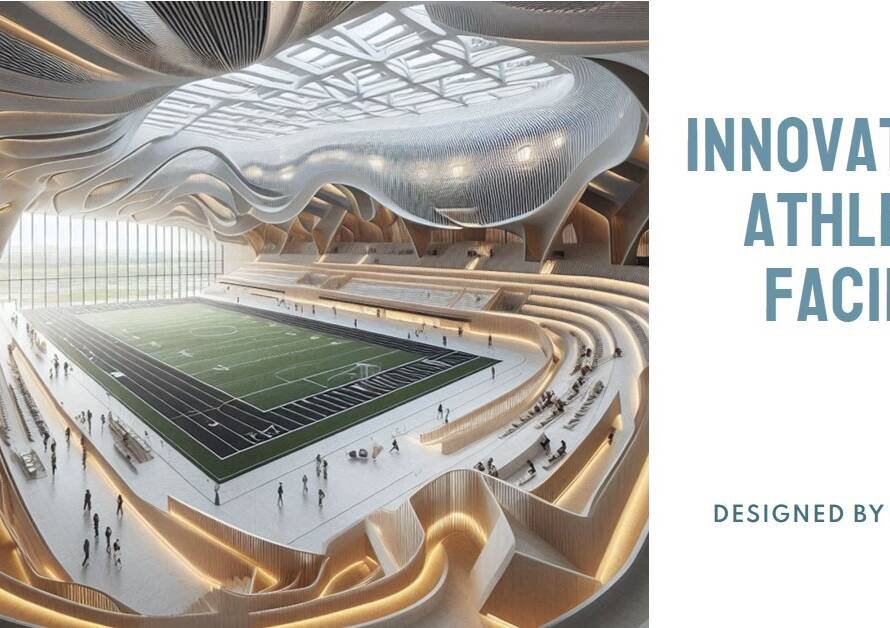
Table of Contents
Unlocking the Essence of Interior Rendering Services: A Comprehensive Guide
In the ever-evolving realm of architectural design, interior rendering services have emerged as indispensable tools for architects, designers, and clients alike. With advancements in technology, the traditional methods of presenting interior designs have evolved into sophisticated visualizations that offer unparalleled realism and insight. From conceptualization to presentation, interior rendering services play a pivotal role in bringing design visions to life with stunning clarity and precision.
The Evolution of Interior Rendering: From Concept to Reality
Gone are the days of hand-drawn sketches and basic 2D renderings. The advent of computer-aided design (CAD) software revolutionized the way interior spaces are visualized and communicated. Today, cutting-edge rendering software utilizes powerful algorithms and photorealistic rendering techniques to create lifelike representations of interiors. By harnessing the capabilities of rendering software, designers can explore endless design possibilities, experiment with materials, lighting, and textures, and fine-tune every aspect of the space with unparalleled accuracy.
The Advantages of Interior Rendering Services: Bringing Designs to Life
One of the most significant advantages of interior rendering services is their ability to bridge the gap between imagination and reality. Unlike traditional sketches or blueprints, which may be challenging for clients to interpret, photorealistic renderings offer a clear and immersive glimpse into the final design. This not only helps clients visualize the space more effectively but also allows them to provide valuable feedback and make informed decisions early in the design process. Moreover, interior rendering services enable designers to showcase their creativity and expertise in a compelling and persuasive manner, helping to win over clients and stakeholders with stunning visual presentations.
The Role of Interior Rendering in Architectural Visualization
In the realm of architectural visualization, interior rendering services serve as invaluable tools for communicating design concepts and ideas. Whether it’s a residential project, commercial space, or hospitality venue, interior renderings allow architects and designers to convey the ambiance, mood, and functionality of a space with remarkable detail and clarity. By creating immersive visual experiences, interior renderings enable clients to envision themselves within the space, fostering a deeper emotional connection and enhancing the overall design experience.


The Process Behind Interior Rendering Services: From Conceptualization to Delivery
The process of creating interior renderings typically begins with conceptualization, where designers brainstorm ideas, gather inspiration, and define the overall vision for the space. Once the concept is finalized, designers move on to the modeling phase, where they create digital representations of the interior architecture, furnishings, and decor elements. This involves meticulous attention to detail, as every aspect of the design must be accurately modeled to achieve realism in the final rendering.
Key Elements of Stunning Interior Renderings: Lighting, Textures, and Composition
One of the key factors that distinguish exceptional interior renderings is the quality of lighting. Lighting not only illuminates the space but also sets the mood, highlights architectural features, and enhances the overall atmosphere. By carefully manipulating light sources and shadows, designers can create dramatic effects and evoke different emotions within the viewer. Additionally, textures play a crucial role in adding depth and realism to interior renderings. Whether it’s the rough texture of a brick wall or the softness of a plush rug, textures help to bring tactile qualities to the visual representation, making it more immersive and believable.
The Impact of Interior Rendering on Client Collaboration and Decision-Making
In today’s collaborative design environment, effective communication is essential for success. Interior rendering services facilitate seamless collaboration between designers, clients, and stakeholders by providing a shared visual language that everyone can understand. By presenting designs in a clear and compelling manner, interior renderings foster productive discussions, streamline decision-making processes, and ultimately lead to better outcomes for all parties involved. Whether it’s gaining approval for a design concept or making revisions based on feedback, interior renderings empower designers to communicate their ideas with confidence and clarity.
The Future of Interior Rendering: Innovations and Trends
As technology continues to advance, the future of interior rendering holds boundless possibilities. From real-time rendering engines to virtual reality experiences, new tools and techniques are constantly emerging to push the boundaries of what’s possible in architectural visualization. One exciting trend is the integration of artificial intelligence and machine learning algorithms into rendering software, enabling designers to automate repetitive tasks, enhance realism, and explore design variations more efficiently. Additionally, the rise of sustainable design practices is driving demand for eco-friendly materials and energy-efficient solutions, which are increasingly being incorporated into interior renderings to showcase sustainable design principles in action.
Conclusion: Elevating Interior Design Through Rendering Excellence
In conclusion, interior rendering services have become indispensable assets for architects, designers, and clients seeking to visualize and communicate design concepts with unparalleled clarity and realism. From conceptualization to presentation, interior renderings play a pivotal role in bringing design visions to life, fostering collaboration, and empowering decision-making processes. By harnessing the power of cutting-edge technology and artistic creativity, interior rendering services unlock new possibilities for innovation and expression in the field of interior design, shaping the future of architectural visualization one pixel at a time.



